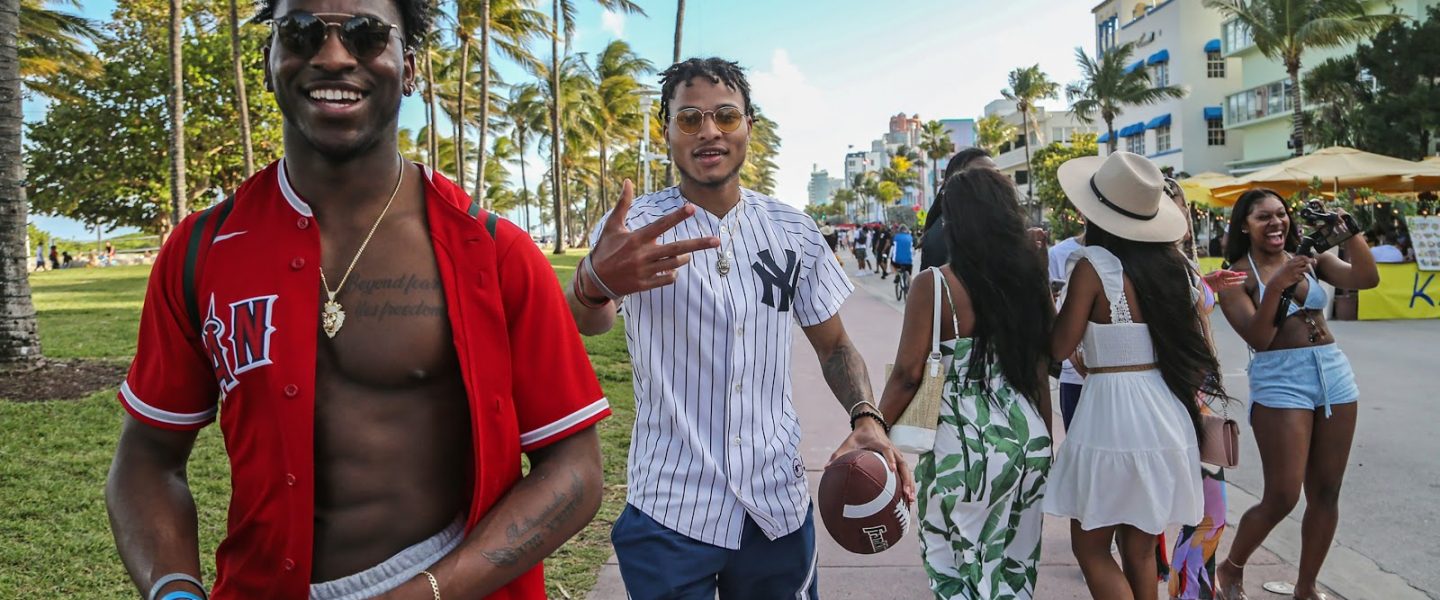Miami-Dade County faces spring breakers, a new COVID-19 variant, and a slow vaccine distribution plan that continues to exacerbate the virus’s impact on the city.
Despite a pandemic hitting the US over a year ago, Miami still looks and feels oddly normal. Although Miami-Dade County issued a mask mandate in July 2020 that remains in effect to this day, many of the county’s residents appear to treat wearing a face covering as optional when on the streets or at the beach.
It has become common to see mask-clad waiters serving unmasked customers while tourists flock to Miami Beach for spring break. Ambivalence toward mask-wearing, coupled with spring break, has triggered a stricter curfew beginning at 8 p.m. for the South Beach entertainment district. Meanwhile, the general county-wide curfew starts at midnight. Police officers haphazardly maintain the mask mandate and social distancing rules, though this appears to be one of the only enforcement efforts in practice.
Since September 2020, Miami-Dade allowed all businesses to reopen so long as they followed the county’s coronavirus safety protocols. The county’s public schools, which comprise the fourth largest school district in the US, fully reopened in October 2020 and remain open just over six months later.
Despite causal appearances, the pandemic wreaked havoc in Florida’s second-most populous county. With 434,000 total confirmed cases and 5,725 deaths in Miami-Dade alone, the coronavirus has infected at least 1 in 6 residents since the beginning of the pandemic. On January 2, 2021, the county saw over 5,000 confirmed cases in one day; this was during a massive spike in infections that lasted from the end of November 2020 into February of 2021. As of this week, about 16 percent of the county’s intensive care unit beds are currently occupied by COVID-19 patients, just over a 1 percent decrease over the past seven days. According to the Centers for Disease Control and Prevention, Florida had 1,040 total cases of the B.1.1.7 coronavirus variant (also known as the UK variant) — the highest of any other state in the US.
The state’s vaccine rollout continues to make progress despite trailing behind 36 other states, with 23.8 percent of its total population having received at least one vaccine dose and 13.3 percent having been fully vaccinated. Those who are currently eligible include residents over the age of 50, those deemed “extremely vulnerable” by a physician, health care workers with direct patient contact, and residents and staff of long-term care facilities.
In order to receive a vaccine in Miami-Dade county, residents must make an appointment and bring proof of residence to either the Tropicana Park, Zoo Miami, or Miami-Dade College North Campus drive-thru vaccination sites.



